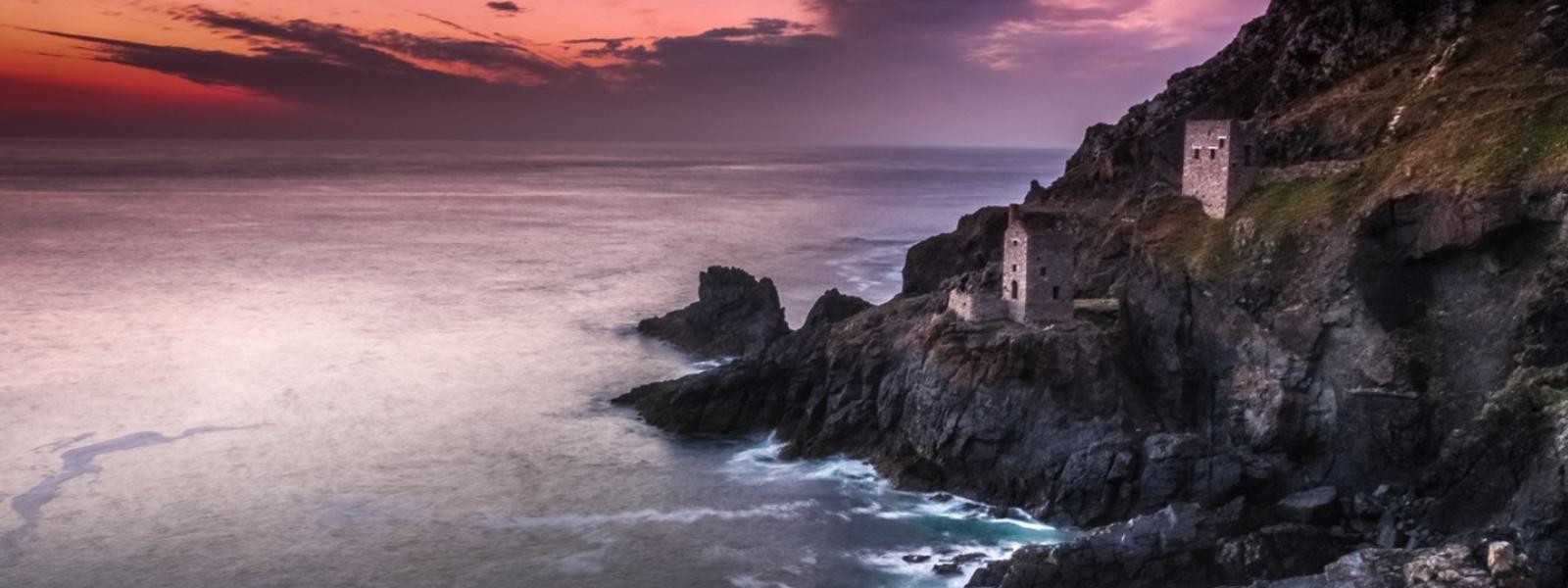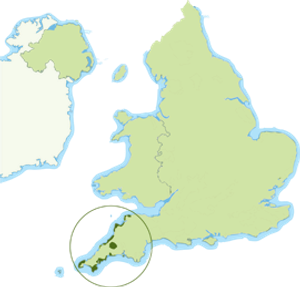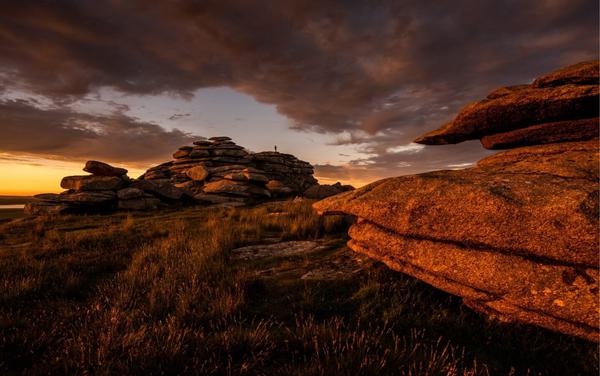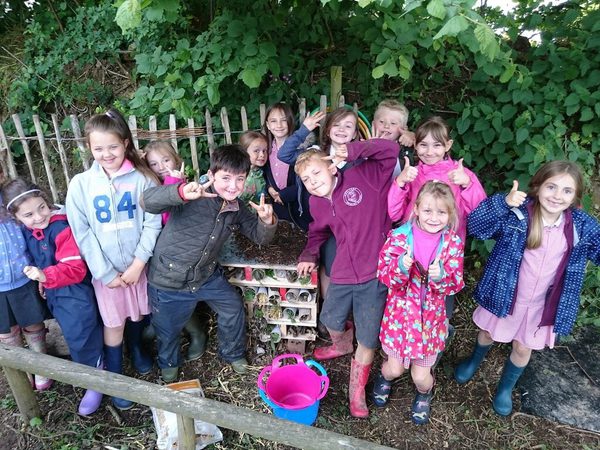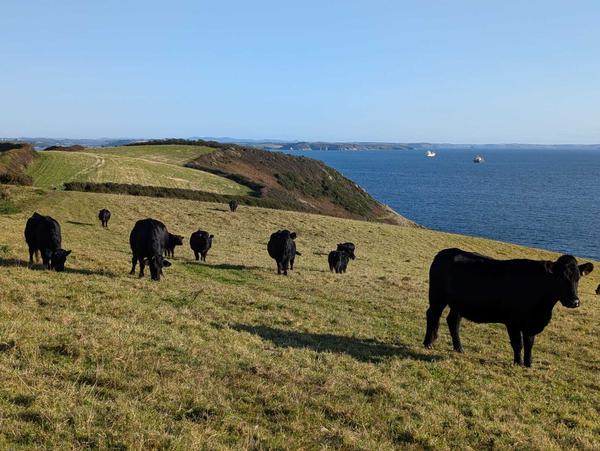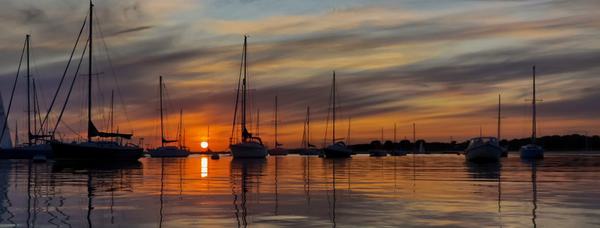Cornwall National Landscape
Cornwall National Landscape is unique, it is the only National Landscape that has 12 separate sections totalling almost a third of Cornwall, 958 sq. km (370 square miles). Cornwall is a beautiful part of the world, with a world-renowned coastline, a UNESCO World Heritage Site designation, and a host of natural and heritage features.
